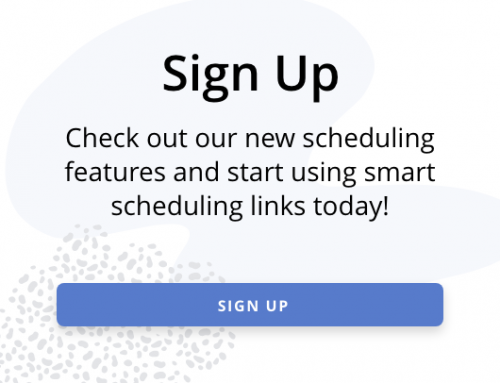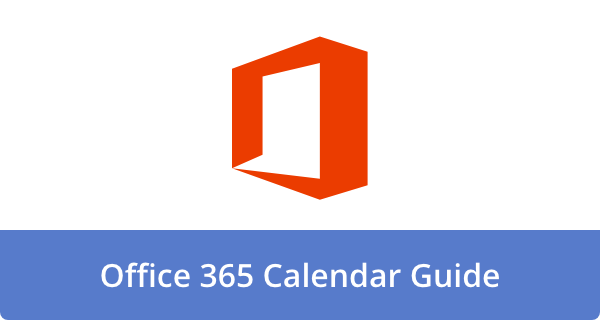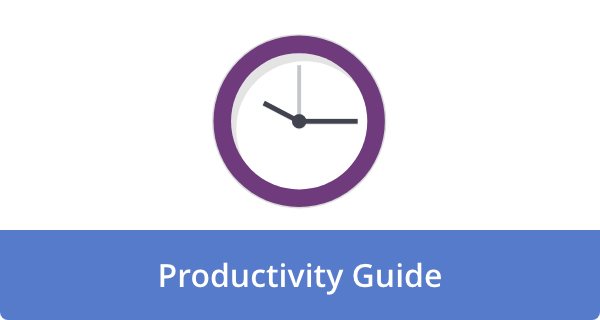

Who hasn’t experienced the never-ending cycle of meetings that seem to take over the day, devouring hours of productivity? It’s time for a workplace revolution, and “Boss’s Calendar Bliss: Strategies for Efficient Meeting Management” is here to lead the charge. Dive in, as this article sheds light on establishing clear meeting goals and objectives, selecting the ideal participants, mastering time management, fostering a collaborative environment, and evaluating outcomes to adjust strategies for future gatherings. Say goodbye to monotonous meeting marathons and hello to a transformed approach, where every conference room encounter becomes a powerful launchpad for success.
Establishing Meeting Goals and Objectives
Nothing lights up a meeting like clear and well-defined goals! Establishing clear objectives for your gathering is crucial for efficiency, ensuring that everyone is aligned and on the same page. To kick off this process, outline the agenda, identifying the key topics to be addressed and outcomes expected for each. Be sure to distribute this information to attendees before the meeting commences, giving them ample time to prepare and come loaded with ideas. To maximize the effectiveness of your meeting, prioritize the objectives and focus on the areas that will yield the most impactful results for your team.
Sharing is caring, especially when it relates to meeting objectives. Encourage active participation by dividing the responsibilities amongst team members, tapping into their unique strengths and capabilities. This approach not only fosters a collaborative environment but also instills a sense of accountability that drives productivity. For instance, assign someone to oversee time management and another to take comprehensive notes, highlighting decisions made and action items.
After the meeting, follow up with participants to reiterate the key conclusions reached and schedule regular check-ins to monitor progress and address any potential roadblocks. By aligning management efforts with predefined objectives, you’re transforming every meeting into a well-oiled machine in pursuit of Boss’s Calendar Bliss!
Selecting the Right Participants
Choosing the right participants for a meeting is crucial for maximizing productivity and fostering a fruitful discussion. Having a well-rounded mix of decision-makers, subject matter experts, and individuals who will be directly affected by the outcome can make all the difference in achieving the meeting objectives.
For instance, Apple’s late CEO Steve Jobs was known to adamantly demand smaller meeting groups, ensuring that only the vital personnel were present in order to maintain focus and encourage direct communication. By targeting invitations to the appropriate individuals, a boss can reduce the risk of wasting resources while simultaneously ensuring that attendees arrive prepared and informed.
A powerful technique for selecting the right attendees is the “RACI” model, which stands for Responsible, Accountable, Consulted, and Informed. This model helps in identifying the most relevant participants for a meeting by assigning them to different roles based on their level of responsibility. Furthermore, the pre-meeting communication must clearly convey the roles and expectations for each participant, fostering a higher degree of commitment and collaboration.
For example, technology giant Google employs a similar approach, termed “DRI” (Directly Responsible Individual), which ultimately promotes employee accountability and significantly improves meeting efficacy. By utilizing such strategies to select and inform attendees, managers can ensure that their meetings result in “Calendar Bliss,” which optimizes team efficiency and bolsters workplace satisfaction.
Managing Time Efficiently
Mastering the art of time management is an essential skill for both bosses and their teams, ensuring that the most efficient use is made of everyone’s valuable time in meetings. By implementing effective communication tools and streamlined scheduling strategies, it is possible to optimize tasks and resources, resulting in a more productive and harmonious workplace. One successful approach when organizing meetings includes setting a specific agenda, allocating a predetermined amount of time for each topic, and adhering to these guidelines to avoid unnecessary delays.
To support these time management initiatives, a variety of tools and software can be utilized to facilitate smooth scheduling and timekeeping. For example, using shared online calendars to coordinate meetings allows for increased transparency and prevents double bookings, while also facilitating last-minute updates or cancellations.
Time-tracking software can be used to monitor the amount of time spent in meetings and enable ongoing improvements. By incorporating these digital aids and consistently striving for efficiency, bosses and their employees can transform their calendars into a source of bliss rather than a cause of workplace stress.
Encouraging Effective Communication and Collaboration
Effective communication and collaboration are the cornerstones of successful meetings, fostering greater productivity and ensuring that every participant feels valued and included. One way to promote this is to establish clear objectives and expectations for each meeting, as well as assigning specific roles to attendees to encourage active engagement. Utilizing technology such as collaboration platforms or virtual whiteboards can facilitate real-time idea sharing and problem-solving, allowing everyone to contribute their knowledge and expertise.
To further cultivate a collaborative environment, it’s crucial to create a safe and inclusive atmosphere where participants feel comfortable sharing their insights and opinions. Encourage open dialogue and active listening, while also allowing for constructive criticism and respectful disagreement.
Additionally, scheduling regular meeting check-ins to assess progress and address any concerns helps to maintain momentum and illustrates the manager’s commitment to effective communication. By nurturing a dynamic and interactive meeting culture, Boss’s Calendar Bliss can be achieved through well-planned strategies and collaborative team involvement.
Evaluating Meeting Outcomes and Adjusting Strategies
Evaluating meeting outcomes and adjusting strategies is a crucial step towards achieving Boss’s Calendar Bliss. Successfully implementing these measures can lead to a more efficient meeting management process, ultimately resulting in increased productivity and smooth communication within the organization.
To achieve this, it is essential to review the objectives set during the meeting, assess the strategies employed, and measure the progress made towards accomplishing these goals. By documenting and analyzing meeting outcomes, it becomes easier to identify areas that require improvement and allocate time and resources more effectively for future meetings.
For instance, if a particular meeting consistently runs over time, it may be beneficial to assess the reasons for this, such as the meeting leader’s time management skills or inefficient handling of discussions. By implementing effective time management techniques and incorporating more efficient communication practices, the organization can witness a notably smoother and more productive meeting environment.
Similarly, tracking the outcomes of action items assigned to team members in previous meetings can provide valuable insight to recalibrate as necessary and ensure everyone’s contributions ultimately drive success. Encouraging open discussions on what works well and what doesn’t can lead to streamlining new strategies that may become best practices, ultimately fostering the overall optimization of meeting management within the company.
Closing Thoughts
Achieving Boss’s Calendar Bliss is not only attainable but also vitally essential for a well-functioning workplace. By establishing clear goals and objectives, carefully selecting the right participants, managing time efficiently, promoting effective communication and collaboration, and evaluating meeting outcomes to make necessary adjustments, leaders can create an organized and productive meeting environment.
As a result, this strategic approach to meeting management not only maximizes company resources but also empowers team members to reach their full potential, ultimately fostering a harmonious and productive work environment. So, step out of that meeting mayhem and embrace the newfound bliss of an effectively managed calendar!
Frequently Asked Questions
How can I establish clear meeting goals and objectives?
Begin by outlining an agenda that includes key topics to be addressed and the expected outcomes for each. Distribute the agenda to attendees in advance, prioritize the objectives, and encourage active participation by assigning responsibilities among team members based on their strengths and capabilities.
How do I choose the right participants for a meeting?
Select a mix of decision-makers, subject matter experts, and those directly affected by the meeting outcomes. Consider using the RACI model (Responsible, Accountable, Consulted, Informed) or Google’s DRI (Directly Responsible Individual) method to identify relevant participants and assign them specific roles and expectations.
What strategies can I adopt for efficient time management during meetings?
Set a specific agenda with predetermined time allocations for each topic and stick to those guidelines. Utilize shared online calendars and time-tracking software to coordinate meetings, monitor time spent, and make ongoing improvements to meeting efficiency.
How can I encourage effective communication and collaboration during meetings?
Establish clear meeting objectives and expectations, assign specific roles to attendees, and use collaboration platforms to facilitate real-time idea sharing. Encourage open dialogue, active listening, and constructive criticism while maintaining a safe and inclusive atmosphere for all participants.
How do I evaluate meeting outcomes and adjust strategies for future meetings?
Review meeting objectives, assess the strategies employed, and measure the progress made towards the goals. Document and analyze meeting outcomes to identify areas of improvement and better allocate time and resources. Encourage open discussions about what worked and what didn’t, and adjust strategies accordingly for future meetings.











Angela Ruth
My name is Angela Ruth. I aim to help you learn how Calendar can help you manage your time, boost your productivity, and spend your days working on things that matter, both personally and professionally. Here's to improving all your calendars and becoming the person you are destined to become!